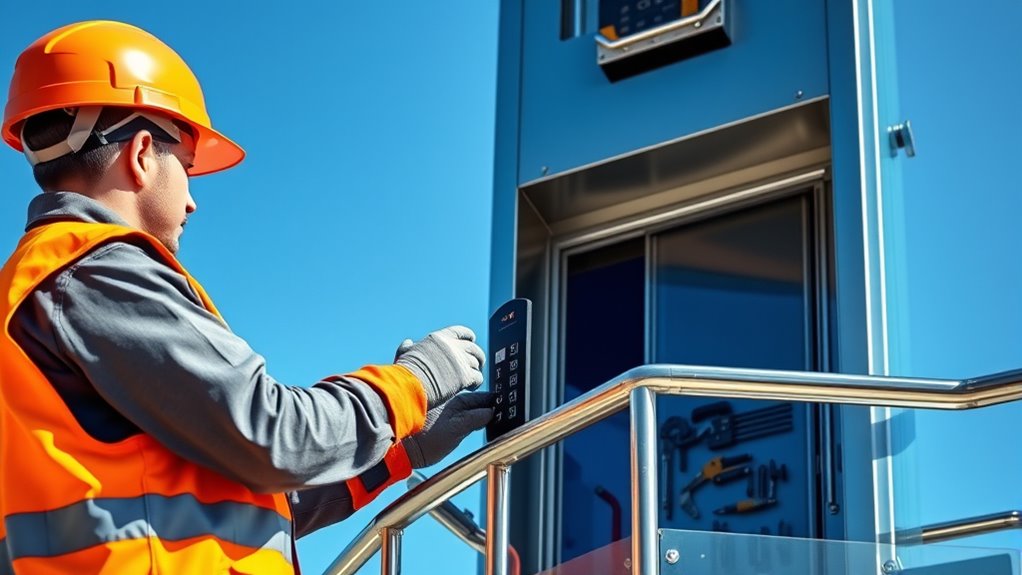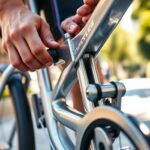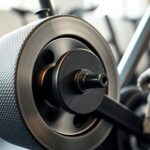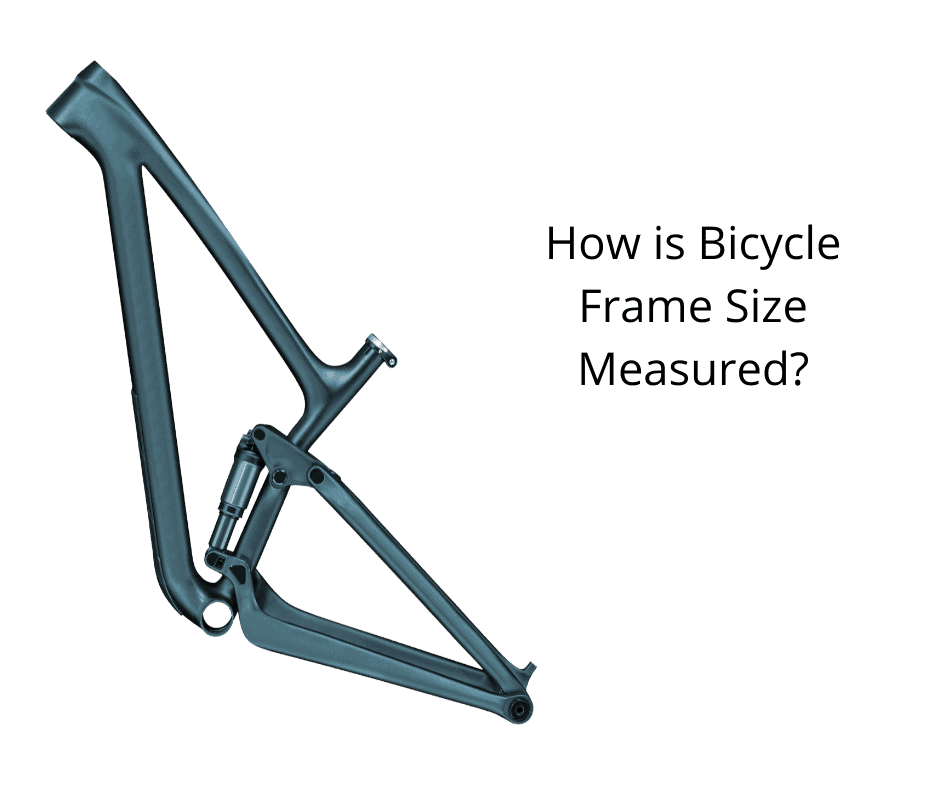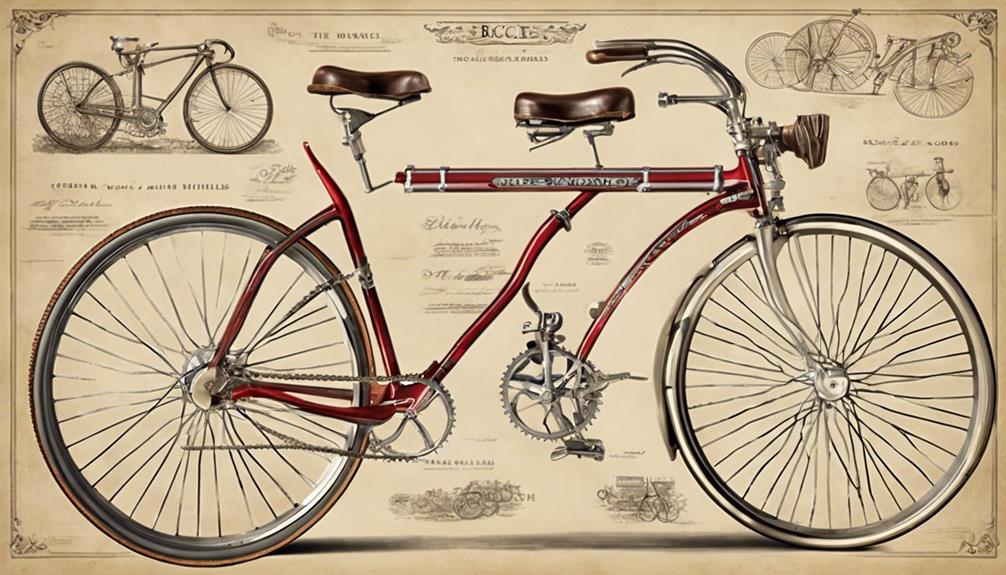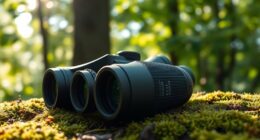To descend safely, you must thoroughly inspect your gear before each use, checking for wear or damage on ropes, harnesses, and carabiners. Afterward, clean and dry everything properly and store it in a protected, climate-controlled space. Regularly monitor and replace worn parts, lubricate moving components if needed, and keep detailed logs of maintenance. Following this routine helps guarantee your equipment stays reliable and your descents remain safe—keep going to learn more.
Key Takeaways
- Conduct thorough pre-descent equipment inspections, checking for wear, damage, and proper functionality of all safety components.
- Clean and dry gear after use, storing it in climate-controlled, organized containers to prevent deterioration.
- Regularly document maintenance activities, repairs, and inspections in a detailed log for tracking equipment condition.
- Promptly replace worn, cracked, or deformed components to ensure safety and equipment reliability.
- Follow best practices for equipment handling, storage, and routine checks to optimize performance and safety during descents.
Inspecting Your Equipment Before Every Descent
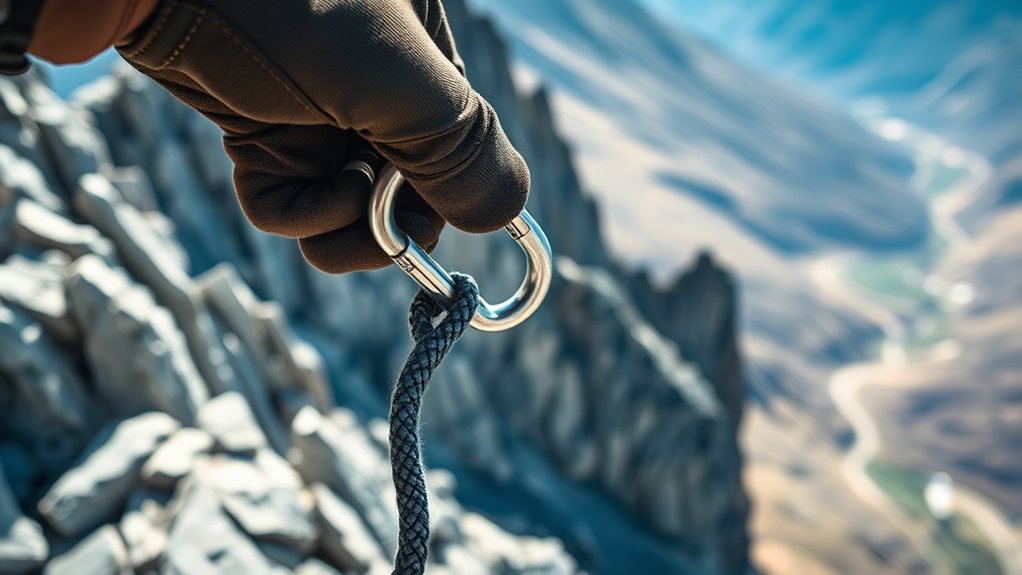
Before every descent, you should thoroughly inspect your equipment to make certain it’s in proper working condition. Start by reviewing your safety checklists, ensuring all gear is accounted for and correctly assembled. Focus on equipment calibration, verifying that harnesses, carabiners, and braking systems are functioning properly. Look for signs of wear, fraying, or damage on ropes and straps, replacing any compromised items. Confirm that your locking mechanisms engage securely, and test the responsiveness of your descender device. Don’t rush this step—meticulous inspection helps prevent accidents and enhances confidence during descent. Keep a routine, methodical approach, and always double-check critical components. Properly maintained gear not only ensures your safety but also prolongs the lifespan of your equipment for future adventures. Incorporating equipment maintenance into your routine can further improve reliability and safety.
Cleaning and Drying Gear After Use
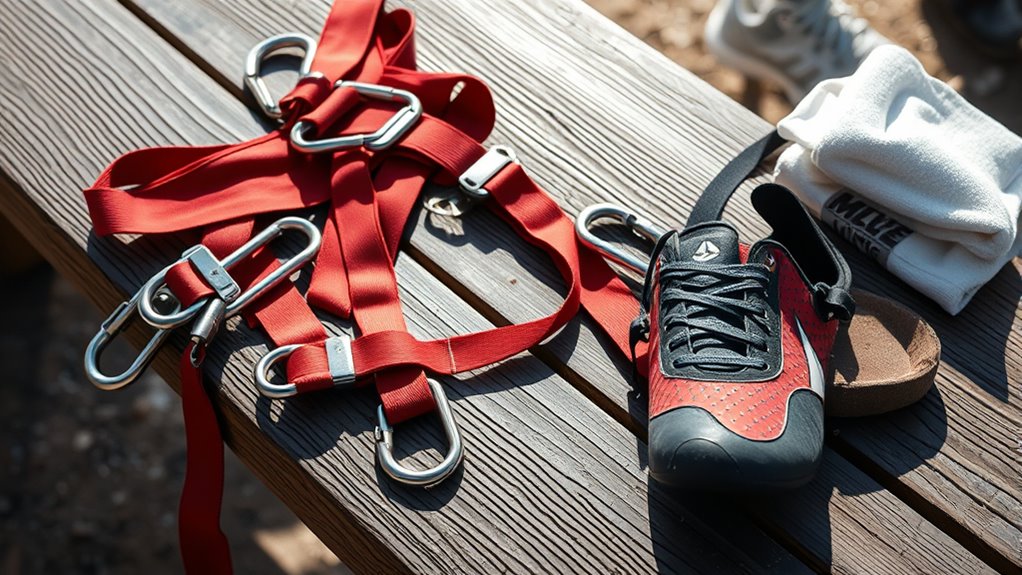
After each descent, it’s essential to clean and dry your gear promptly to prevent dirt, moisture, and debris from causing damage or corrosion. Proper gear sanitation maintains your equipment’s longevity and guarantees safety during future descents. Start by wiping down harnesses, carabiners, and other metal parts with a damp cloth to remove dirt and grime. Use a brush for stubborn debris on ropes or fabric components. Dry everything thoroughly with a clean cloth, paying attention to crevices and metal joints to prevent rust. Avoid leaving gear damp, as moisture promotes corrosion and mold growth. Store your equipment in a cool, dry place to maintain equipment hygiene. Regular cleaning not only prolongs your gear’s life but also ensures optimal performance and safety on every descent.
Checking for Wear and Tear on Ropes and Harnesses
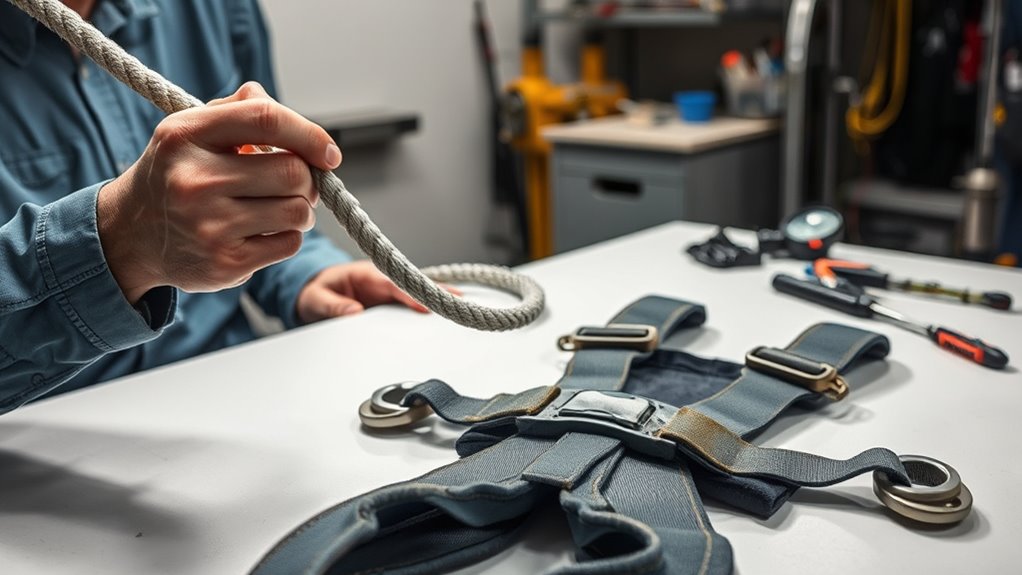
You need to regularly inspect your ropes and harnesses for signs of damage. Use clear visual techniques to spot frays, cuts, or worn spots. Recognizing material damage early helps prevent accidents during descent. Additionally, understanding the proper maintenance of your gear ensures longevity and safety.
Visual Inspection Techniques
Regular visual inspections are essential for identifying signs of wear and tear on ropes and harnesses. Look for visual cues such as fraying, discoloration, or fibers that appear worn or brittle. Damage indicators include cuts, burns, or abrasions that compromise material integrity. Use a systematic approach to thoroughly examine every part of your gear. Here’s a quick reference:
| Area | Visual Cues | Damage Indicators |
|---|---|---|
| Ropes | Fraying, discoloration | Cuts, burns, excessive wear |
| Harness Straps | Loose threads, tears | Cracks, deformation |
| Buckles | Corrosion, deformation | Cracks, missing parts |
| Stitching | Unraveled threads | Loose stitches |
| Overall | Uneven wear, soft spots | Material thinning, tears |
Additionally, understanding the contrast ratio of your projector can help you better interpret image quality during visual inspections of your home cinema setup. Regular checks guarantee safety and prolong gear lifespan.
Recognizing Material Damage
Recognizing material damage is crucial for guaranteeing the safety of your climbing gear. Over time, ropes and harnesses can suffer from material fatigue, weakening their strength and risking failure. Regularly inspect your gear for signs of fraying, cuts, or broken fibers, which indicate wear and tear. Look closely for corrosion detection, especially on metal components like buckles and carabiners, as rust can compromise integrity. Feel for stiffness or softness in the ropes, which may suggest internal damage. Don’t ignore small cracks or discoloration; these can be early signs of deterioration. By staying vigilant and routinely checking for signs of fatigue and corrosion, you guarantee your gear remains reliable and safe for your descents. Proper recognition of damage prevents accidents and prolongs equipment lifespan.
Testing Carabiners and Locking Devices
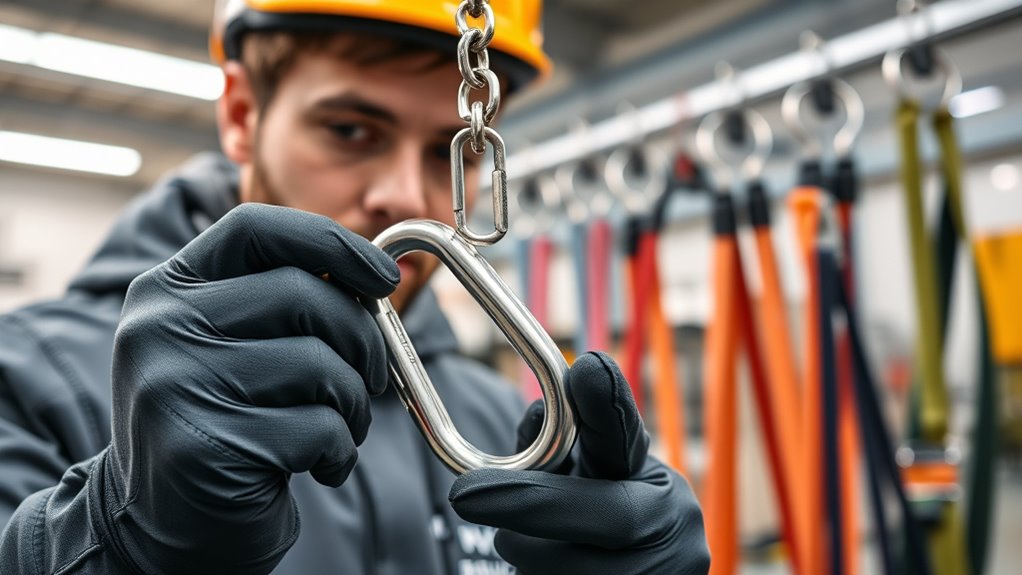
Testing carabiners and locking devices is a vital step to guarantee your safety during descent. You need to check carabiner safety by ensuring the gate opens smoothly and closes securely without sticking. Verify that the locking device functions properly by locking and unlocking it several times, confirming it holds firmly when engaged. Look for any signs of wear, cracks, or deformation on the carabiner’s body and locking mechanism. Shake the carabiner gently to see if it remains locked; if it slips or opens unexpectedly, replace it immediately. Proper testing guarantees the locking device performs reliably under load, preventing accidental disengagement. Regular checks of your gear are essential for safe descending, so never skip this step before each use. Additionally, understanding the importance of digital literacy can help you stay informed about safe climbing practices through reputable online resources.
Replacing Worn or Damaged Components Promptly
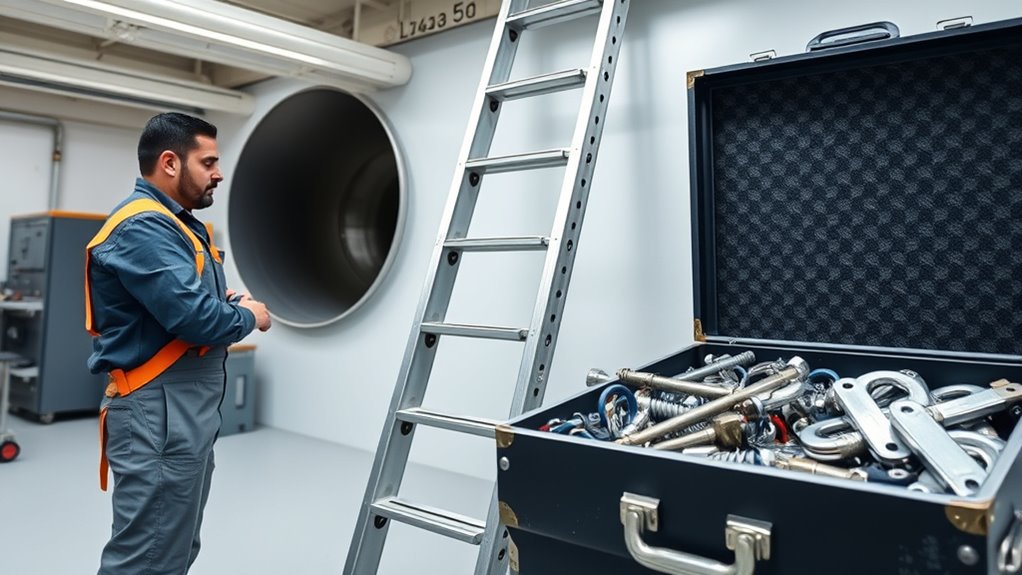
If you notice any worn, cracked, or deformed components during your inspections, it is crucial to replace them immediately. Pay close attention to wear indicators, which signal when a part has reached its limit. Prompt component replacement prevents failures that could compromise safety. Regularly check all gear for signs of deterioration and replace damaged items without delay. To understand the importance, consider this table:
| Wear Indicator | Condition | Action |
|---|---|---|
| Visible cracks | Structural damage | Replace immediately |
| Deformed parts | Loss of integrity | Replace immediately |
| Worn surfaces | Reduced friction/traction | Replace promptly |
Neglecting these signs risks equipment failure and unsafe descents. Always prioritize timely component replacement for safety and reliability. Regional legal resources can also assist in understanding safety regulations and standards.
Lubricating Moving Parts to Ensure Smooth Operation
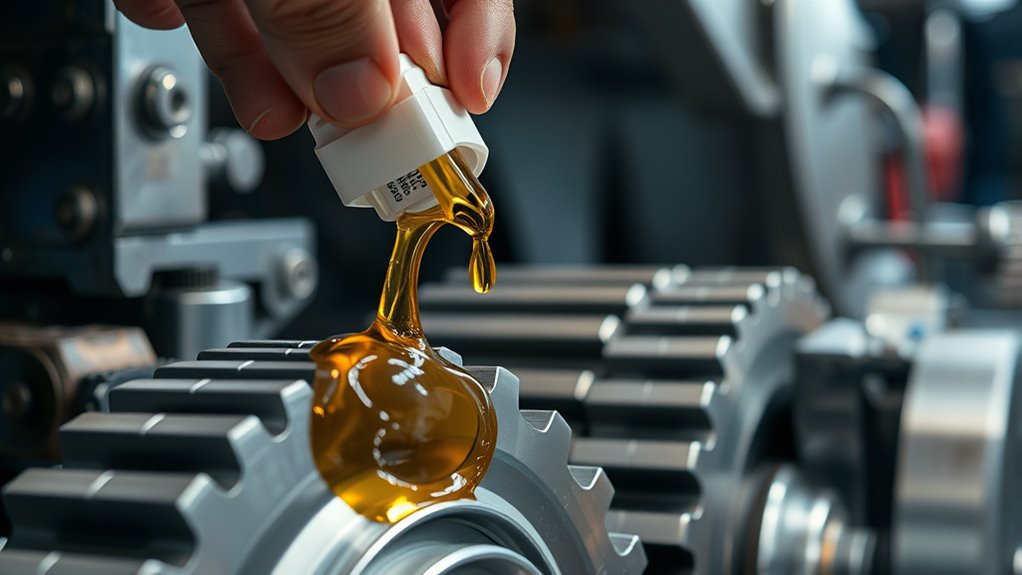
Regularly lubricating moving parts is essential to keep your descent equipment operating smoothly and reliably. You should focus on lubricating joints, as these are common points of friction that can hinder performance. Applying grease to these joints reduces wear and prevents rust, ensuring smooth movement during descent. Use the appropriate lubricant recommended by the manufacturer, and apply it evenly to all moving components. Make sure to wipe away excess grease to avoid attracting dirt and debris. Regular lubrication not only prolongs the lifespan of your gear but also maintains ideal functionality. Check your equipment frequently and lubricate as needed, especially before each use. Proper care of moving parts keeps your descent safe, efficient, and trouble-free. Additionally, understanding equipment regulations can help ensure your gear remains compliant and safe during use.
Storing Gear Properly to Prevent Damage
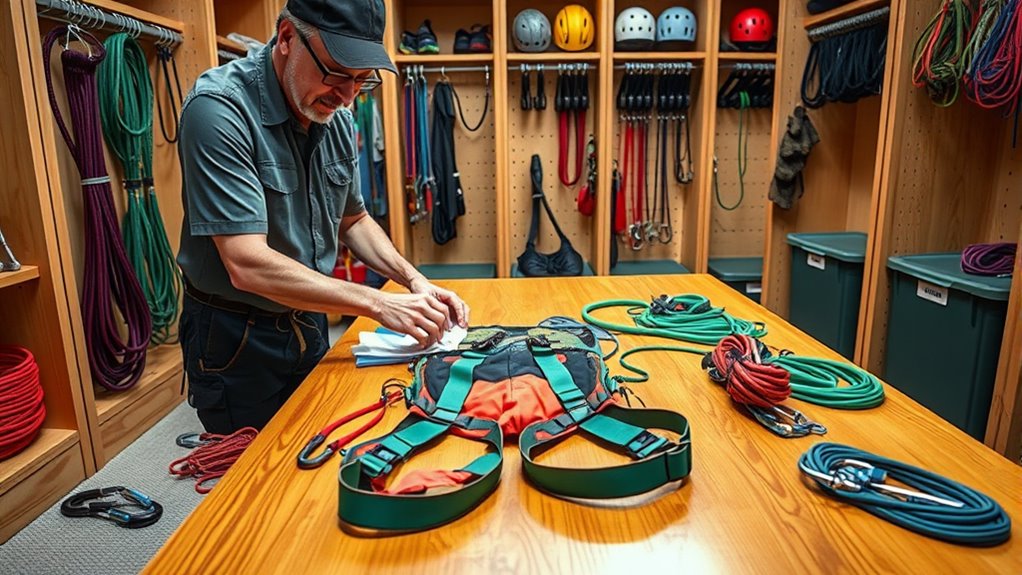
To keep your gear in top shape, use proper containers that protect it from dust and impact. Always keep your equipment clean before storing it, so dirt doesn’t cause damage over time. Storing your gear in a climate-controlled environment helps prevent rust and material deterioration. Using appropriate storage solutions can further extend the lifespan of your equipment.
Use Proper Containers
Choosing the right containers for your gear is essential to prevent damage during storage and transport. A proper container protects your equipment from impacts, moisture, and dust, ensuring it stays in top condition. When selecting gear storage solutions, opt for sturdy, well-padded boxes or cases designed for your specific equipment. Avoid using flimsy or makeshift containers that can easily break or cause damage. Label your containers clearly to streamline organization and quick access. Consider using waterproof or weather-resistant containers if your gear might be exposed to moisture or outdoor conditions. Proper containers help maintain the integrity of your gear, extend its lifespan, and ensure you’re ready for safe, reliable descending every time. Proper gear storage is a crucial part of your overall safety routine. Additionally, understanding the benefits of Fokos can help you choose the most durable and effective storage options for your equipment.
Keep Gear Clean
Keeping your gear clean is essential for preventing damage and ensuring it performs safely when you need it. Regular cleaning is a key part of gear maintenance that boosts equipment longevity. Dirt, moisture, and debris can cause corrosion or wear over time, compromising safety. Store your gear in a dry, protected place and wipe it down after each use. Use the table below to help organize your cleaning routine:
| Step | Action |
|---|---|
| 1 | Remove dirt and debris |
| 2 | Dry thoroughly |
| 3 | Inspect for damage |
| 4 | Store in a clean, dry area |
Proper cleaning and storage preserve your gear’s integrity, ensuring reliable performance on every descent. Incorporating tuning techniques can also help optimize your vehicle’s safety and performance during use.
Store in Climate Control
Storing your gear in a climate-controlled environment is essential for preventing damage caused by humidity, temperature fluctuations, and moisture buildup. Proper climate control helps maintain a stable environment, reducing the risk of rust, mold, and material deterioration. Ensure your storage space has consistent temperature regulation, ideally between 50-70°F, to protect sensitive materials. Avoid areas prone to extreme temperature changes or high humidity, such as attics or basements. Use dehumidifiers if necessary to control moisture levels effectively. Proper storage not only prolongs the lifespan of your gear but also keeps it ready for safe use whenever needed. Regularly check the storage environment to guarantee it remains ideal, and consider using protective covers for added protection. Maintaining optimal conditions can also help prevent issues like material degradation and extend the overall lifespan of your stored gear.
Keeping a Maintenance Log for Tracking Equipment Condition
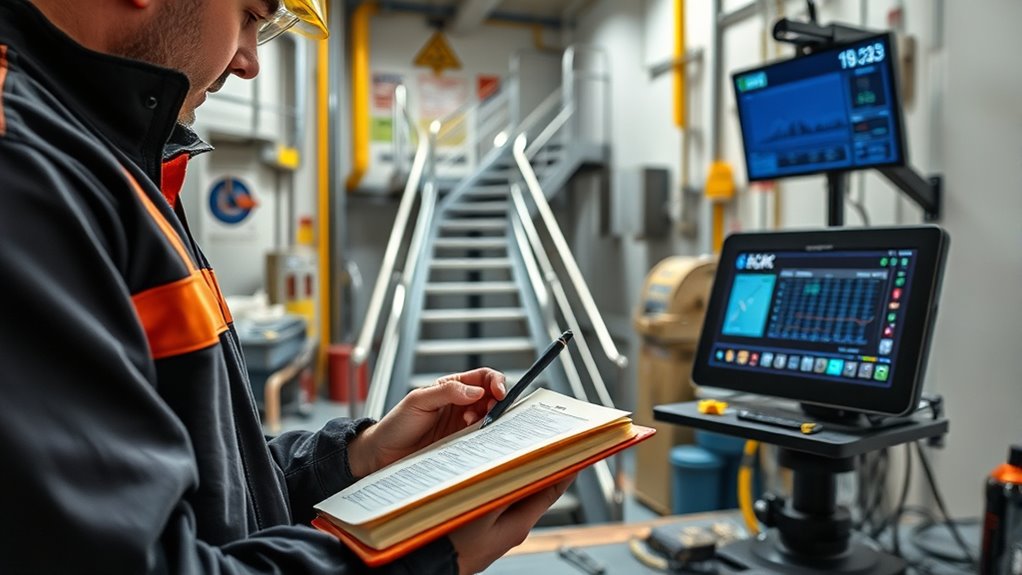
Maintaining a detailed maintenance log is essential for tracking the condition of your equipment and preventing unexpected failures. By documenting every service, repair, and inspection, you guarantee your maintenance schedule stays on track. Use your maintenance log to record dates, tasks performed, and any issues identified, which helps you spot patterns and address problems early. Keep an updated equipment inventory within the log, noting serial numbers, model details, and operational status. This extensive record allows you to prioritize maintenance activities and avoid missing critical updates. Regularly reviewing your log ensures your equipment remains in ideal condition for safe descending. Staying organized with accurate records not only prolongs equipment lifespan but also enhances overall safety and reliability. Incorporating security measures into your routine can further protect your equipment from theft or damage.
Frequently Asked Questions
How Often Should I Replace My Climbing Gear Entirely?
You should replace your climbing gear entirely based on its gear lifespan and replacement schedule. Typically, harnesses last about 5 to 10 years, while ropes should be replaced every 2 to 3 years or sooner if damaged. Carabiners and quickdraws need regular inspection, and replace them if you notice wear or deformation. Always follow manufacturer guidelines, and don’t hesitate to replace gear if you’re unsure—safety comes first.
What Signs Indicate Equipment Is Unsafe to Use?
Studies show that regular inspections markedly boost safety, so always check your gear before use. Signs your equipment is unsafe include frayed or cracked ropes, worn harnesses, corrosion on metal parts, or damaged carabiners. Use an inspection checklist to identify issues, and follow safety precautions—replace gear when in doubt. Staying vigilant helps prevent accidents, ensuring your climbing adventures remain safe and enjoyable.
Can I Use Household Lubricants on Climbing Gear?
You shouldn’t use household lubricants on climbing gear because they can compromise safety and damage the equipment. Household lubricants are not designed for climbing gear and may degrade materials like ropes, harnesses, or carabiners. For climbing gear safety, always use lubricants specifically made for climbing equipment. Proper maintenance ensures your gear stays reliable and secure, so avoid household products to prevent accidents and gear failure.
How Do Environmental Conditions Affect Gear Maintenance?
Think of your gear as a loyal friend, sensitive to the weather impact and temperature effects. When it’s hot, materials can soften, and in the cold, they become brittle. Humidity can cause rust or mold, weakening your equipment. To keep your gear in top shape, regularly inspect it after outdoor use, dry it thoroughly, and store it in a cool, dry place. Your gear’s longevity depends on how well you respect nature’s moods.
Is Professional Inspection Necessary Periodically?
Yes, professional inspection is necessary periodically. You should schedule inspections based on gear usage, environmental conditions, and manufacturer recommendations, typically every 6 to 12 months. A professional assessment guarantees your gear remains safe and functional, catching issues early before they become serious problems. Regular inspections help maintain safety, extend gear lifespan, and give you peace of mind, especially if you frequently rely on your equipment in challenging conditions.
Conclusion
By tending to your gear like a vigilant gardener, you nurture its strength and resilience, ensuring each descent flows smoothly like a well-orchestrated symphony. Regular maintenance keeps your equipment’s spirit alive, preventing silent weaknesses from lurking unseen. When you treat your gear with care, you forge a bond of trust that turns every climb into a dance with safety, allowing you to descend with confidence, knowing your trusted tools are ready to carry you safely home.
